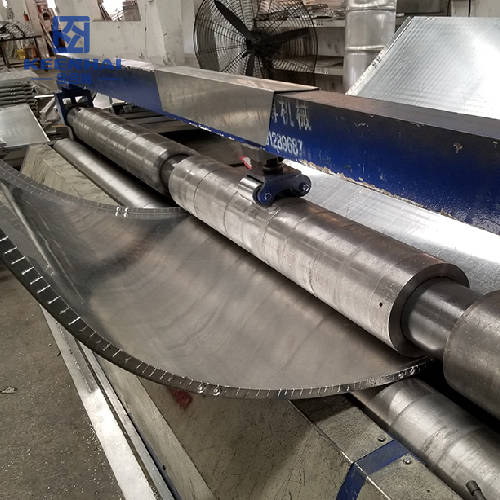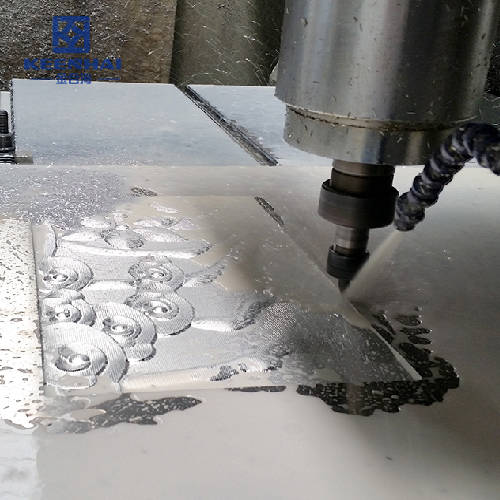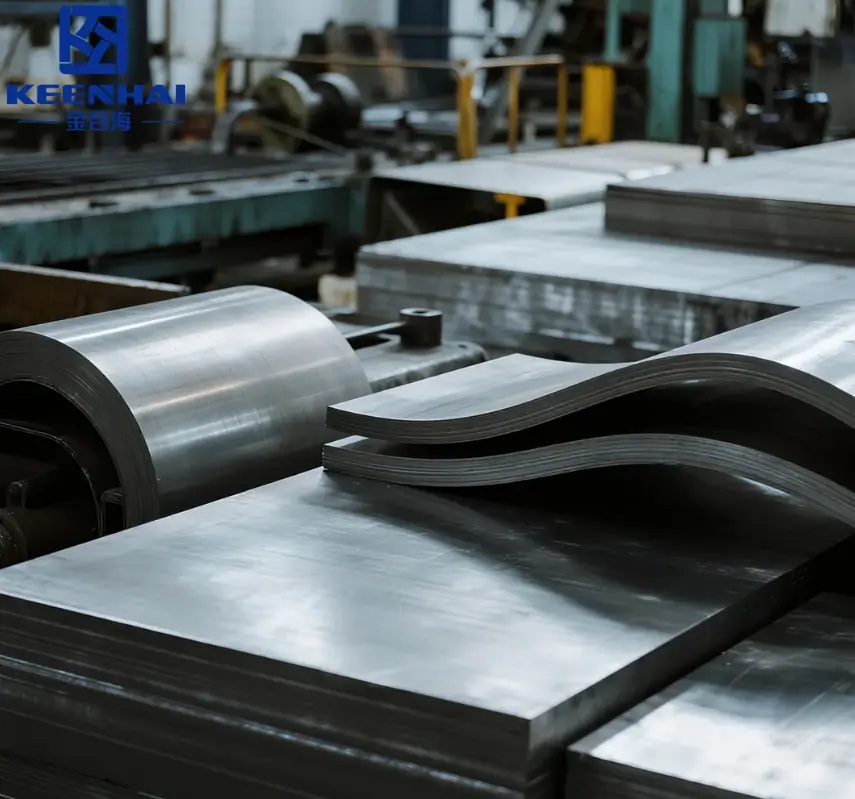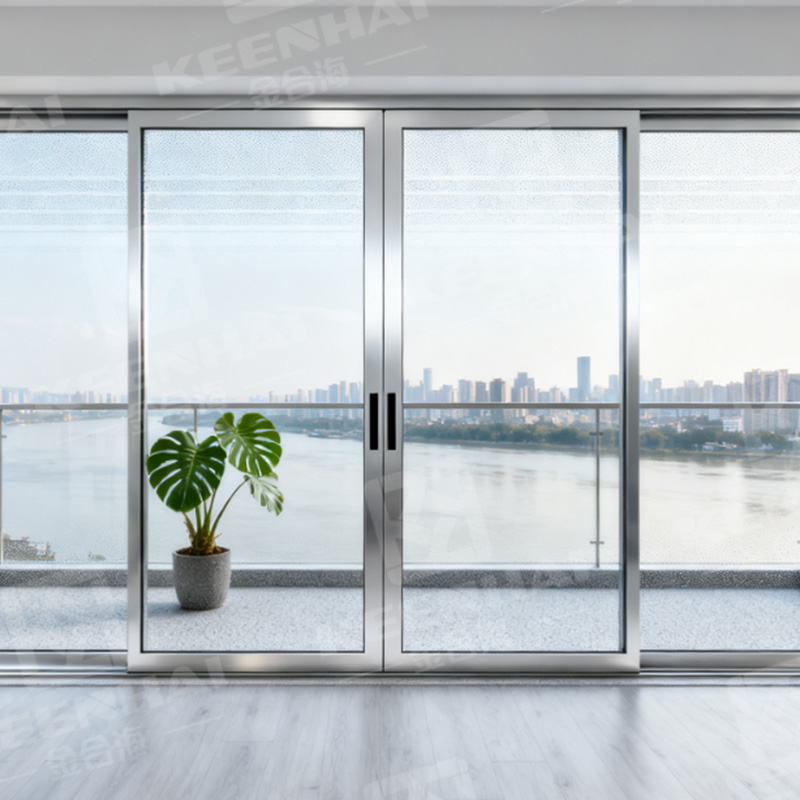If you’re wondering about the difference between Inox na chuma cha pua, the short answer is simple: they are essentially the same material, but the grade and application make all the difference. Inox usually refers to stainless steel in general, while the choice between types like 304 and 316 affects cost, rust resistance, and long-term durability. For kitchens, indoor projects, and areas without harsh exposure, 304 chuma cha pua is often enough. In marine or outdoor environments, 316 is the smarter option because of its superior corrosion resistance. This guide will break down cost, durability, and real-life uses so you can pick the right grade for your project in 2025.
1.What Is Inox Material?
1.1Definition of Inox Material
Neno Inox linatokana na neno la Kifaransa inoxydable, which translates to “stainless.” Inox material is another name for stainless steel, commonly used in Europe and certain industries like kitchenware and architecture. Thanks to its unique chemical composition, the term emphasizes the material’s ability to resist rust and staining.
1.2Key Properties of Inox Material
Nyenzo ya Inox inajulikana kwa upinzani wake bora wa kutu, unaohusishwa na maudhui ya chromium (kawaida zaidi ya 10.5%). Hii inajenga safu ya passive juu ya uso, kuilinda kutokana na oxidation. Pia inathaminiwa kwa uimara wake wa kimitambo, uimara, na umaliziaji uliong'aa unaovutia, na kuifanya kuwa chaguo-msingi kwa programu zinazofanya kazi na za mapambo.
2.What Is Inox and Stainless Steel?
Inox, short for acier inoxydable, is a high-chromium chuma cha pua alloy that offers superior resistance to rust and staining. It is widely used in high-end applications like kitchen equipment, jewelry, and marine products.
Stainless steel, in general, is a broad category of alloys that includes Inox and other grades. It contains a minimum of 10.5% chromium to prevent corrosion but may vary in nickel, molybdenum, and other alloy content depending on the grade.
| Kipengele | Inox | Chuma cha pua |
|---|---|---|
| Chromium Content | Typically 18%+ | 10.5%-18% (varies by grade) |
| Upinzani wa kutu | Very high | Juu |
| Common Uses | Kitchen equipment, jewelry | Construction, automotive, appliances |
All Inox is stainless steel, but not all stainless steel qualifies as Inox. This distinction is important when choosing materials for harsh environments.
3.Durability and Corrosion Resistance
-
Inox: Extremely resistant to oxidation, ideal for outdoor or high-humidity environments. It rarely rusts and maintains a polished finish over time. In marine environments, Inox 316 is often preferred for its molybdenum content, which improves corrosion resistance against saltwater.
-
Chuma cha pua cha kawaida: Durable and corrosion-resistant, but some grades like 304 may show minor surface rust if not maintained. For indoor projects, 304 stainless steel is usually sufficient.
Mfano: A stainless steel kitchen sink made of 304 grade may last 10–15 years with proper care, while a 316 Inox sink in a coastal home can easily last 20+ years without visible corrosion.

4.Kulinganisha Nyenzo ya Inox na Chuma cha pua
4.1Terminology Differences
Mojawapo ya tofauti kuu kati ya nyenzo za Inox na chuma cha pua iko katika istilahi. Nyenzo za Inox ni neno linalotumiwa zaidi Ulaya na viwanda vya kuchagua, wakati chuma cha pua ni neno la kimataifa. Licha ya tofauti katika nomenclature, wanarejelea nyenzo sawa.
4.2Performance Similarities
Whether you call it Inox material or stainless steel, the material’s performance remains consistent. Both terms describe a corrosion-resistant, durable alloy with similar applications in construction, household items, and industry.
4.3Variations in Perception
The difference in naming can create a perception that they are distinct materials. For example, “Inox” may be seen as a more premium brand in certain regions due to its association with European quality. In reality, the distinction is purely semantic.
4.4Cost Comparison
Material cost is often the first consideration for many projects.
| Nyenzo | Average Price per Kg (USD) | Notes |
|---|---|---|
| Inox | 5–8 | Premium, corrosion-resistant |
| Chuma cha pua | 3–6 | Cost-effective, versatile |
-
Inox: Higher upfront cost due to chromium and alloy content, but lower maintenance and longer lifespan often justify the price.
-
Chuma cha pua: More budget-friendly and versatile for most indoor and non-extreme applications.
Real-world ROI: For outdoor stair rails or coastal railings, choosing Inox 316 over standard stainless steel may increase initial cost by 30–50%, but it avoids rust damage and replacement costs over a 15-year span.
5.Key Applications
5.1Kitchen and Household Items
Inox material is synonymous with quality in kitchenware. It is the preferred choice for pots, pans, cutlery, and sinks due to its corrosion resistance, easy cleaning, and polished aesthetic. Its non-reactive surface also makes it safe for food preparation.
5.2Construction and Design
Nguvu ya chuma cha pua na upinzani wa hali ya hewa hufanya kuwa kikuu katika ujenzi. Inatumika kwa miundo ya miundo, reli, facades, na vipengele vya mapambo katika majengo ya makazi na ya biashara. Mwonekano wa kisasa, wa kisasa wa chuma cha pua au nyenzo za Inox huongeza miundo ya usanifu.
5.3Industrial and Automotive Uses
Katika mazingira magumu kama vile viwanda vya viwandani au utengenezaji wa magari, chuma cha pua ni bora zaidi kutokana na uimara wake na uwezo wa kustahimili hali mbaya zaidi. Inatumika kwa kawaida katika mifumo ya kutolea nje, mizinga ya kemikali, na vifaa vya baharini.
6.Different Grades of Inox and Stainless Steel
Understanding grades can help fine-tune your choice:
| Grade | Typical Use | Key Advantage |
|---|---|---|
| 304 | Kitchen equipment, appliances | Cost-effective, good corrosion resistance |
| 316 | Marine, outdoor furniture | High corrosion resistance, ideal for harsh environments |
| 430 | Automotive trim, indoor appliances | Magnetic, budget-friendly |
For outdoor, coastal, or high-moisture areas, Inox 316 or equivalent is the safest choice.
7.Maintenance and Lifespan
-
Inox: Low maintenance. Occasional cleaning with mild detergent keeps it shiny. Extremely resistant to corrosion, scratches, and stains.
-
Chuma cha pua: Requires regular cleaning to prevent surface rust, especially in high-humidity or coastal areas. Abrasive cleaners may damage the protective chromium layer.
Mfano: A 316 Inox outdoor railing may only need yearly cleaning, while a 304 stainless steel railing might require quarterly maintenance in the same environment.

8.Common Misconceptions
-
All stainless steel is Inox – Incorrect. Only certain high-chromium stainless steels qualify as Inox.
-
Higher price always means better quality – Not necessarily. Choosing the right grade for your environment is more important.
-
Maintenance is the same for all grades – Inox generally requires less care, while standard stainless steel may need frequent cleaning to prevent rust.
When deciding between Inox na chuma cha pua, consider:
-
Environment: Coastal, marine, or humid areas favor Inox 316.
-
Budget: Stainless steel is sufficient for indoor, less demanding applications.
-
Longevity: Inox offers longer lifespan and lower long-term maintenance.
By understanding your project requirements, you can choose the material that provides the best combination of durability, performance, and value.
If you’re ready to pick the finish that locks in color and cuts long-term upkeep, see our PVD stainless steel sheet guide.







